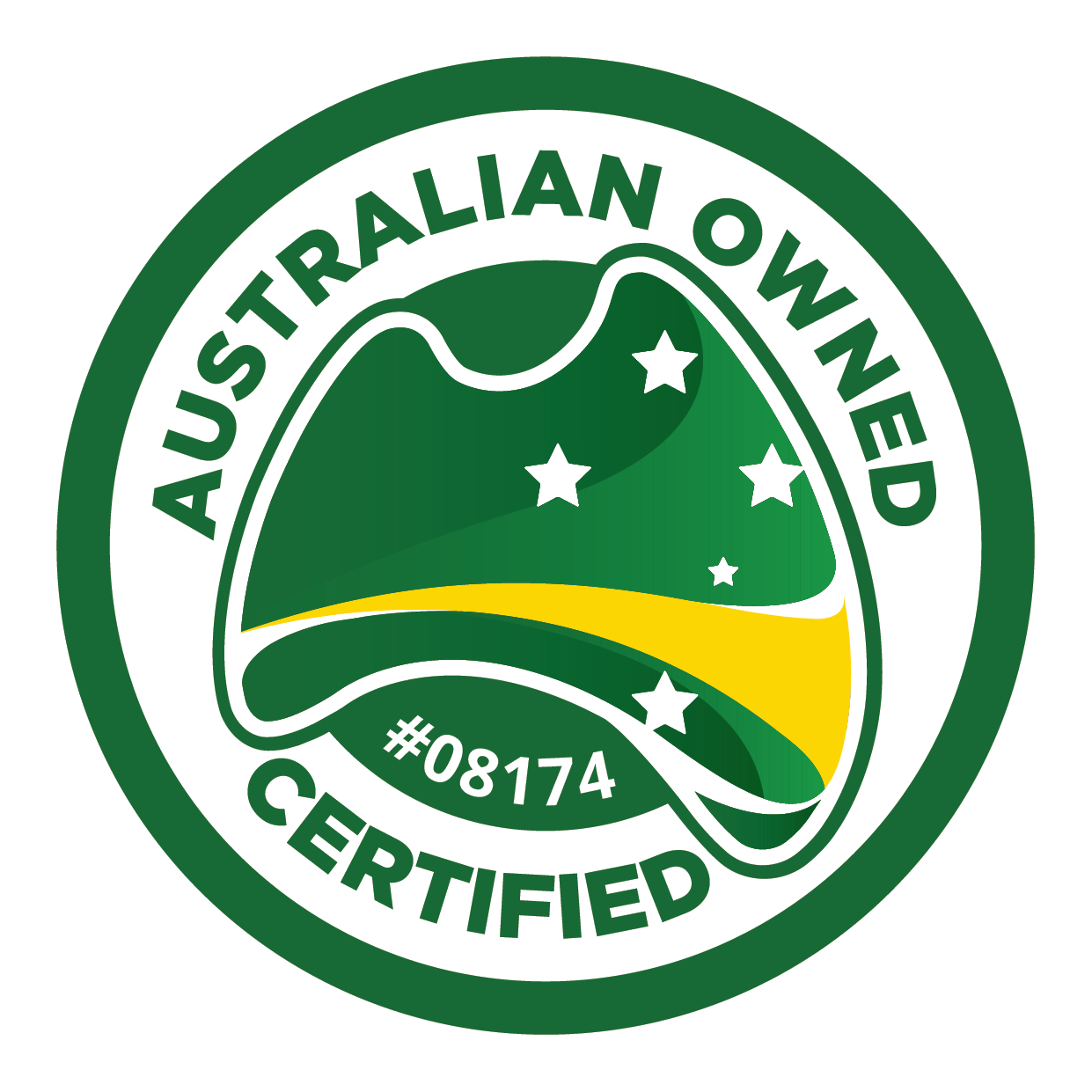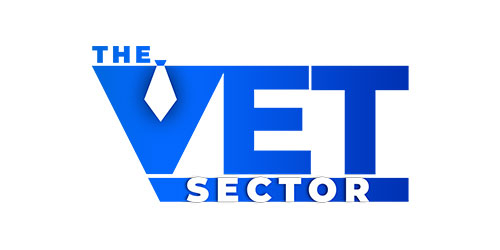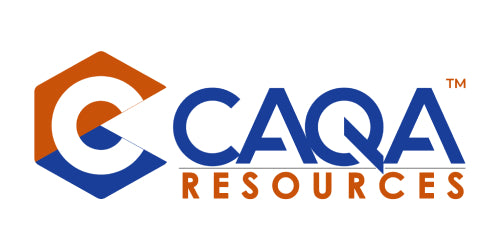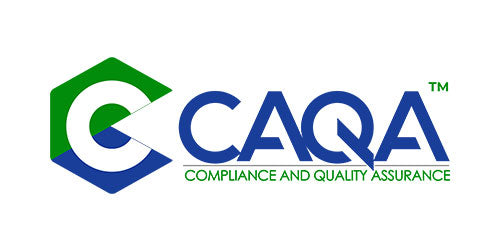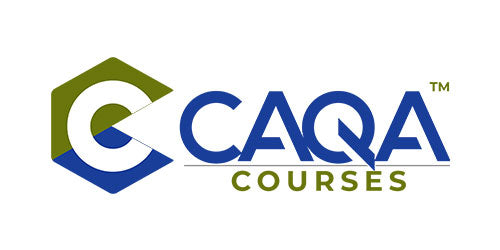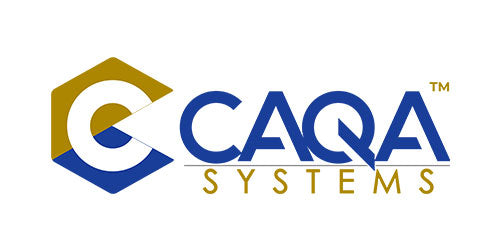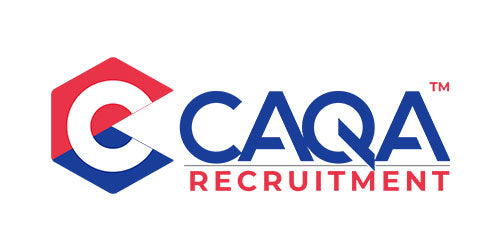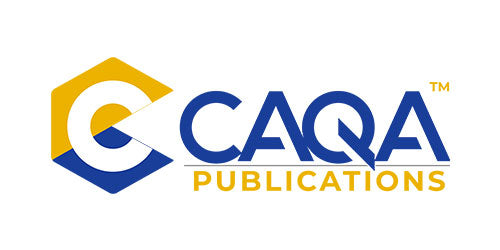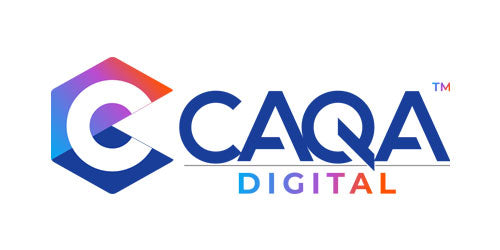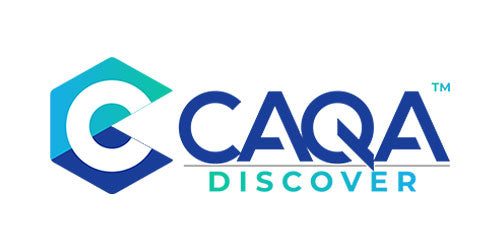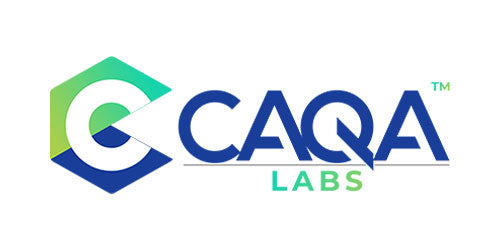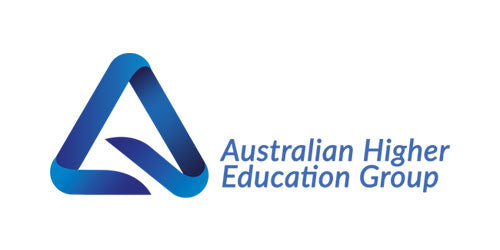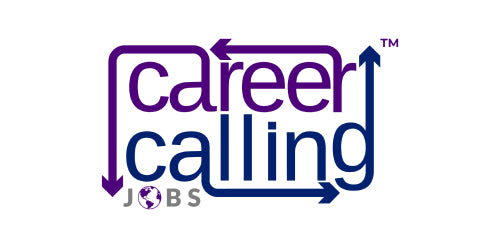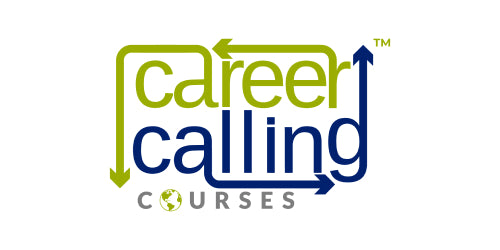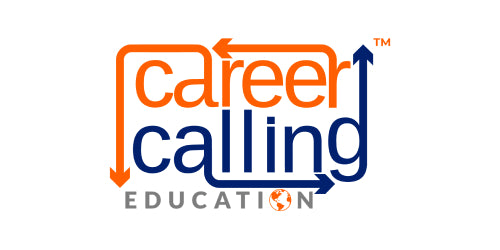Australia's Vocational Education and Training (VET) sector is currently facing a pivotal moment in its evolution, grappling with both significant challenges and promising opportunities as the nation strives to meet the demands of its future workforce. The landscape of employment is undergoing rapid transformation, driven by the relentless march of automation, the pervasive influence of digitisation, and the shifting dynamics of social and economic factors. These changes are not merely superficial; they are fundamentally altering the nature of job roles across industries, necessitating a responsive and adaptable education system.
The imperative for change in the VET sector is clear: there is an urgent need for a robust and flexible framework that can effectively cater to emerging skill sets, accommodate diverse and non-linear learning pathways, and ensure consistent quality across all education providers. This challenge is particularly acute in the context of Australia's unique geographical and demographic characteristics, which demand a system capable of delivering high-quality education and training to both urban centres and remote communities.
At the heart of this evolving landscape stands the Australian Qualifications Framework (AQF), a comprehensive national policy for regulated qualifications across all education and training sectors. Established in 1995 and last updated in 2013, the AQF has long served as the backbone of Australia's education system. However, the rapid pace of change in the global economy and labour market has highlighted the need for a thorough reassessment of its structure and relevance.
Recognising this need, the Australian government initiated a comprehensive review of the AQF, culminating in the 2019 Final Report of the AQF Review. This report presents a series of proposed reforms aimed at enhancing the framework's relevance, flexibility, and impact in the contemporary educational landscape. The proposed changes are wide-ranging and ambitious, touching on various aspects of the framework's structure and implementation.
One of the key areas of focus in the proposed reforms is the role and recognition of VET within the AQF. Historically, there has been a perception of vocational education as somehow less prestigious or valuable than traditional academic pathways. The reforms seek to challenge this notion by elevating the status of VET qualifications and ensuring they are recognised as equally valid and valuable paths to career success.
To achieve this, the report proposes several significant changes. Among these is the introduction of more flexible descriptors for qualifications, moving away from rigid, time-based definitions to focus more on the skills and knowledge acquired. This shift aims to better reflect the diverse ways in which learning can occur in the modern world, including through work-based learning, micro-credentials, and other non-traditional educational experiences.
Another critical proposal is the explicit recognition of psychomotor skills within the framework. This acknowledgment of practical, hands-on skills is particularly relevant to many VET qualifications and could help to better represent the unique value that vocational education brings to the workforce.
The simplification of qualification naming conventions is another proposed change that could have far-reaching impacts. By creating clearer, more intuitive names for qualifications, the reforms aim to make the system more accessible and understandable to students, employers, and the broader community. This could help to demystify the often complex world of qualifications and make it easier for individuals to navigate their educational and career pathways.
These reforms, if implemented, have the potential to significantly strengthen the value and visibility of vocational credentials. By creating a more flexible and responsive framework, the AQF could better support the development of skills that are truly aligned with industry needs. This, in turn, could foster more robust links between education providers and employers, ensuring that graduates are well-prepared for the realities of the modern workplace.
Moreover, the proposed changes aim to enhance learner pathways by creating more seamless transitions between different levels and types of qualifications. This could include improved recognition of prior learning, easier credit transfer between institutions, and clearer progression routes from vocational to higher education.
The implications of these reforms extend far beyond the education sector itself. By creating a more responsive and industry-aligned education system, Australia could potentially see improved employment outcomes for graduates, increased productivity across various sectors of the economy, and enhanced national competitiveness in the global marketplace.
However, it's important to note that implementing such wide-ranging reforms is not without challenges. The proposed changes will require significant cooperation between various stakeholders, including government bodies, education providers, industry representatives, and student groups. There will likely be logistical hurdles to overcome, as well as potential resistance from those who benefit from the current system.
Furthermore, the success of these reforms will depend on their ability to keep pace with ongoing changes in technology and the labour market. The framework will need to be sufficiently flexible to accommodate future developments that we may not yet be able to anticipate.
The proposed reforms to the Australian Qualifications Framework represent a bold attempt to future-proof Australia's education and training system. By elevating the status of vocational education, introducing greater flexibility, and fostering stronger links with industry, these changes have the potential to reshape the educational landscape and better prepare Australians for the challenges and opportunities of the 21st-century workforce. As the nation moves forward with these reforms, close monitoring and ongoing adjustment will be crucial to ensure their effectiveness in meeting the evolving needs of learners, employers, and the broader society.
VET’s Status and the Need for Reform
The Current Landscape
The Australian VET sector has traditionally been lauded for its practical, industry-aligned approach to training that directly prepares learners for the workforce. However, many stakeholders perceive a status hierarchy between VET and higher education (HE) qualifications. Despite a strong record of delivering hands-on skills, VET credentials are often overshadowed by university degrees. This imbalance influences learner choices, sets social perceptions, and can lead to systemic under-investment in advanced vocational skills.
Part of the challenge is that the existing AQF, with its ten-level structure, places Diplomas, Advanced Diplomas, and Certificates below Bachelor Degrees at Level 7, implicitly reinforcing a linear hierarchy. In reality, vocational learning and academic learning develop complementary but distinct skill sets. The AQF Review (2019) observed that while the AQF itself cannot fix societal funding and cultural biases, it can implement signals and structures that highlight the inherent worth of vocational credentials.
Proposing Changes
To tackle the issue of undervaluing vocational qualifications, the AQF Review proposes:
-
Shifting from a strict levels-based approach to focusing on qualification types, enabling more nuanced descriptors that capture VET credentials’ complexity and real-world relevance.
-
Flexible descriptor application—allowing certain advanced trade qualifications to draw on higher-level descriptors if they match advanced skill demands.
-
Emphasising psychomotor skills—elevating the recognition of sophisticated technical capabilities, such as those in automotive, electrical, or creative industries, that require dexterity, tool usage, and precision.
-
Renaming Certificates I–IV with more descriptive titles (e.g., Pre-vocational Certificate, Initial Vocational Certificate, Vocational Certificate, Advanced Vocational Certificate) to move away from numeric hierarchy and toward clearly defined purpose.
Key Reform Measures
Flexible Descriptor Application
One of the most significant proposals is the introduction of flexibility in how AQF descriptors are applied to vocational qualifications. Instead of rigidly aligning a Certificate III to a single “level” with a fixed knowledge and skills domain, the new approach would permit the “mix-and-match” of descriptors from different “bands.”
-
Example: A trade qualification might require advanced autonomy and complex problem-solving (features often associated with higher levels in the current framework). Under a flexible scheme, the advanced descriptors can be integrated into, say, a Vocational Certificate, showcasing that, in practice, a Certificate III can incorporate more complex capabilities than a conventional “Level 3” might suggest.
This unlocked approach addresses the mismatch between the real complexity of certain VET outcomes and their narrow AQF “level.” It offers a more accurate reflection of trade qualifications that, for instance, require advanced troubleshooting or industry-specific knowledge.
Recognition of Psychomotor Skills
A groundbreaking feature is the explicit recognition of psychomotor skills. Many vocational fields—think aircraft maintenance, carpentry, hairstyling, or advanced manufacturing—depend on high levels of physical dexterity, coordination, and tool usage. Historically, these competencies have been somewhat underrepresented in the academically oriented Knowledge–Skills–Application triad of the AQF. By foregrounding psychomotor skills, the reformed AQF can better acknowledge that advanced manual or practical tasks often demand the same sophistication as complex theoretical or managerial tasks found in higher-level qualifications.
Qualification Type Focus
The reforms propose refocusing on qualification types rather than levels alone. For instance, a Diploma might describe a set of advanced theoretical and practical skills that is different from an Associate Degree delivered in a higher education context, even if they share the same band for knowledge or skills. Meanwhile, Certificates I–IV could be renamed to reflect real educational outcomes and contexts:
-
Certificate I → Pre-vocational Certificate
-
Certificate II → Initial Vocational Certificate
-
Certificate III → Vocational Certificate
-
Certificate IV → Advanced Vocational Certificate
These titles move away from the assumption that higher numbers equal higher prestige or “value” and instead emphasise the distinct role each credential plays in learning, skill-building, and job readiness.
Introducing a Higher Diploma
Another suggestion is to introduce a Higher Diploma in both VET and HE contexts. Placed at about the same band as a Bachelor's Degree, this qualification type would clarify a middle or advanced-level credential—especially for upskilling or reskilling in complex vocational fields. It could, for instance, accommodate advanced skill sets in data analytics or advanced manufacturing that surpass the scope of a standard Diploma but remain distinct from a Bachelor’s program’s theoretical emphasis.
Enhanced Recognition Systems
Nationally Recognised Training Flag
Under the proposed changes, the AQF might incorporate a Nationally Recognised Training flag for qualifications that meet specific national standards and industry requirements. This indicator helps employers understand that a particular credential has been developed and accredited under rigorous training package guidelines. Coupled with the focus on descriptors and flexible application, the “flag” system clarifies the level of regulatory oversight and the nature of the skill sets delivered, elevating the status of VET credentials in the eyes of learners, employers, and international stakeholders.
Apprenticeship Recognition
An apprenticeship flag would similarly identify qualifications normally delivered via apprenticeship pathways, highlighting their distinctive blend of on-the-job training, real-world application, and theoretical or technical modules. This approach underscores the special role of work-integrated learning in building advanced manual and technical skills. Employers, licensing bodies, and learners would more easily recognise which credentials are specifically designed with apprenticeship structures in mind.
Structural Improvements and Qualification Alignment
Simplifying the Framework to Eight Bands
One substantial shift involves collapsing the current ten-level AQF system into possibly eight bands. These bands capture the complexity of knowledge, skills, and application while allowing the new approach to “unlock” descriptors for qualification types. Rather than seeing Diplomas at Level 5 as “below” Bachelor Degrees at Level 7, the framework could assign them to a single band or to a range of descriptors, making more sense of real complexity differences. This fosters a more flexible approach, free from rigid numeric hierarchies.
Higher Diploma and Realigned Diplomas
As noted, the introduction of a Higher Diploma—accessible to both VET and higher education—addresses the need for advanced or specialised vocational training that approaches or even equals Bachelor-level complexity. This realignment ensures that the “Diploma” label remains consistent and that advanced outcomes get their own qualification type, thus mitigating confusion over whether a Diploma or an Advanced Diploma fits the same level descriptors.
Streamlined Eight-Band Diagram
In the reformed framework, each band’s descriptors would capture knowledge (breadth, complexity, inquiry, management), skills (cognitive, problem-solving, psychomotor, communication, collaboration), and application contexts, but the rigid numeric ordering (1 to 10) becomes less dominant. Each qualification type—Certificate III, Bachelor Degree, or proposed Higher Diploma—derives from the relevant descriptors, possibly straddling multiple bands if that best reflects its real scope.
Impact on Industry and Employment
Stronger Industry Engagement
The reforms strongly emphasise that VET qualifications must maintain a robust connection to industry. Redefining or renaming qualification types, adding a “nationally recognised training” flag, and clarifying the advanced nature of some VET programs can reassure employers that VET is credible, flexible, and responsive to workplace demands. Moreover, by explicitly acknowledging complex psychomotor skills, the reformed AQF could better illustrate how certain vocational programs produce graduates with in-depth, specialised capabilities—on par with advanced theoretical knowledge in certain HE qualifications.
Improved Employment Outcomes
As indicated by workforce projections, more than 90% of new jobs in Australia by 2023 will require post-secondary qualifications. Many of these are at “middle skill” levels that are the bread and butter of the VET system. By enhancing the recognition and status of vocational pathways, these reforms could significantly improve transitions into skill level 3 or 4 occupations and better meet the demand for advanced trades. Coupled with improved articulation pathways, individuals can more easily upskill or move laterally to new fields, supporting ongoing career development.
Implementation Considerations
Regulatory Framework and Transitions
Changes to the AQF require careful coordination with existing regulatory bodies—namely the Australian Skills Quality Authority (ASQA) for VET and the Tertiary Education Quality and Standards Agency (TEQSA) for higher education. The following must be addressed:
-
Standards for Registered Training Organisations (RTOs) and Training Package criteria would need updates or clarifications to incorporate flexible descriptors.
-
Industry accreditation standards and licensing bodies might need to adapt references to specific AQF levels to reflect new naming conventions or the eight-band system.
Moreover, a transitional period is recommended so that RTOs can adapt course documentation, adjust assessment approaches, and reassure stakeholders. The final 2019 Review suggests phasing these reforms in multiple stages—aligning the new descriptors, revising the qualification types, updating regulatory and data processes, and communicating the benefits widely.
Funding, Perception, and Cultural Shifts
While the reformed AQF alone cannot rectify all issues around funding imbalances or social perceptions that favour university education, it can offer a clearer, more robust framework. This might facilitate future policy changes—like adjustments to subsidy structures or marketing campaigns—that better highlight vocational pathways. The proposed approach stands as a potential pivot point around which additional strategies could be built to elevate the prestige of trades and other advanced vocational roles.
Stakeholder Roles
Success depends on collaboration:
-
RTOs and universities will need to revise curriculums, re-map programs to new descriptors, and communicate changes to prospective learners.
-
Employers and industry can endorse the revised system, demonstrating to prospective students that advanced vocational qualifications yield promising, well-paid career pathways.
-
Regulators (ASQA, TEQSA, VRQA, TAC WA) play a crucial role in implementing transitions, ensuring providers consistently and fairly adopt the new flexible descriptors and naming conventions.
-
Learners stand to benefit from new clarity and short or advanced programs that reflect real workplace demands, but they must understand how the reformed system translates to career prospects.
Future Directions: Lifelong Learning and Cross-Sector Integration
Embracing Lifelong Learning
The proposed reforms put VET at the heart of lifelong learning, acknowledging that skills must be refreshed, updated, or changed altogether as the labour market shifts. Creating multiple entry and exit points—backed by short credentials or newly introduced qualification types—will allow individuals to re-enter training more smoothly at various life stages.
Cross-Sector Collaboration
A more flexible AQF fosters closer collaboration between VET and higher education institutions. For instance, advanced vocational certificates might articulate seamlessly into certain Bachelor programs, or a Master’s graduate might shift into a specialised trade area more easily. Encouraging multi-directional pathways—rather than a hierarchical climb—strengthens a “joined-up” post-secondary system.
Digital Innovation
Though the reforms focus primarily on structural elements, the Final Report also acknowledges how rapidly digital solutions can reshape education. Digital tools can track microcredentials, unify records under the Unique Student Identifier (USI), or foster more work-integrated learning. Coupling digital innovation with the new flexible architecture further positions the VET sector to adapt to evolving demands.
The proposed reforms to the Australian Qualifications Framework present an exciting avenue for enhancing the recognition, structure, and delivery of vocational education. By dispensing with rigid numeric hierarchies and introducing flexible descriptor application, a distinct focus on psychomotor skills, and clearer naming conventions for Certificates I–IV, these changes aim to elevate the status of VET alongside higher education, reflecting the actual complexity and worth of advanced trade and practical skills.
Beyond re-labelling, the reforms propose an innovative eight-band framework, introducing a Higher Diploma to address advanced vocational roles at a complexity near that of a Bachelor's Degree. Additional flags, such as a Nationally Recognised Training or Apprenticeship marker, sharpen the clarity for students and employers alike—highlighting those credentials that truly align with national standards and apprenticeship models. Summarily, these modifications create a more permeable boundary between the vocational and higher education realms, ensuring that skill sets from advanced trades are no longer structurally relegated to “lower levels” but can be recognised for their specialised rigour.
Implementation of these reforms demands concerted efforts and a measured, staged approach. RTOs, higher education institutions, industry regulators, and government bodies will require time to amend policies, re-map qualifications, and communicate changes to stakeholders. The overarching goal is a more integrated and responsive post-secondary education ecosystem—one better suited to the challenges of a diversifying economy, the complexities of new industries, and the shifting aspirations of students who may straddle multiple sectors throughout their careers.
Embracing these changes holds the promise of a VET sector that maintains its hallmark of practical, industry-relevant training but with greater social standing, improved articulation pathways, and genuine parity of esteem when viewed alongside university degrees. By refining the AQF’s language, highlighting psychomotor skills, and allowing advanced trade qualifications to incorporate more complex descriptors, Australia’s vocational sector can remain a vital and respected pillar in the nation’s efforts to future-proof its workforce. The AQF thus stands poised for a transformation that can sustain the integrity and quality of Australia’s education system while driving growth, innovation, and opportunity well into the future.
Frequently Asked Questions (FAQs)
-
What are the main reasons for revising the AQF in relation to VET?
-
The current structure of the AQF sometimes places VET credentials at lower levels than university degrees, reinforcing a perceived hierarchy of qualifications. Additionally, many vocational qualifications involve advanced or sophisticated skills that do not neatly align with the rigid level descriptors. The proposed reforms aim to make descriptors more flexible and context-sensitive, better reflecting the real complexity of vocational qualifications.
-
How does the introduction of psychomotor skills in the AQF benefit VET credentials?
-
Many VET programs require high-level manual dexterity, tool usage, and complex physical tasks—referred to as psychomotor skills. By formally acknowledging these in the AQF, the value and sophistication of practical, technical, and trade-based skills are more accurately captured. This can improve the recognition of advanced VET qualifications in skilled trades or similar fields.
-
Will the proposed shift to eight ‘bands’ make VET qualifications less visible?
-
Not at all. In fact, the reforms aim to make vocational credentials more visible by decoupling them from a purely numeric hierarchy. Instead, each qualification type—like a Certificate or Diploma—can draw descriptors from different bands, reflecting real-world complexity. This approach clarifies, rather than diminishes, the status of VET qualifications.
-
Why is renaming Certificates I–IV recommended, and what do the new titles mean?
-
The current numeric titling (Certificates I–IV) sometimes implies a simple hierarchy from “lower” to “higher.” The proposed descriptive titles (e.g., Pre-vocational Certificate, Initial Vocational Certificate, Vocational Certificate, Advanced Vocational Certificate) focus on the actual purpose and complexity of each stage. This helps both learners and employers better understand what each certificate offers without defaulting to the assumption that “Certificate IV” is automatically of lower worth than a university qualification.
-
What is the ‘Higher Diploma,’ and why is it being introduced?
-
A Higher Diploma would sit around the same band as a Bachelor's Degree, creating an advanced vocational credential for skills that are more complex or specialised than an ordinary Diploma. It strengthens upskilling/reskilling options for learners who want high-level practical skills without necessarily pursuing a traditional Bachelor's Degree.
-
Does this mean that some Certificates might have elements typically associated with ‘higher levels’?
-
Precisely. If a certain trade qualification, for example, demands complex decision-making or advanced autonomous work, it can incorporate descriptors from more advanced AQF bands. This flexibility means that not all Certificates (e.g., Certificate III) are locked to a single, rigid level description. Instead, they can reflect the real practical depth of a vocation.
-
What are ‘flags,’ such as the Nationally Recognised Training flag or Apprenticeship flag, in this context?
-
These flags are short descriptors or indicators attached to qualification types. A “Nationally Recognised Training” flag makes clear which qualifications meet defined standards across Australia. An “Apprenticeship” flag denotes programs typically delivered through apprenticeship models, emphasising their distinctive work-integrated structure and on-the-job learning components.
-
How do these changes address the perceived ‘hierarchy’ between VET and higher education?
-
By reorienting the AQF around qualification types instead of a strict level framework, these reforms highlight the individual strengths of VET credentials rather than implying that they all exist on lower rungs compared to degrees. Explicitly acknowledging advanced psychomotor skills or complex leadership competencies, for instance, helps articulate vocational qualifications’ genuine worth in the workforce.
-
What impact will these reforms have on learners moving between VET and higher education?
-
The revised descriptors and flexible architecture are designed to facilitate smoother pathways and credit recognition. Essentially, if a VET credential demonstrably meets or exceeds certain knowledge/skills descriptors, it should earn appropriate credit in higher education programs where relevant. Conversely, those in higher education who need practical or trade-based skills should also find it easier to move into advanced vocational programs.
-
How will employers benefit from these proposed changes?
-
Employers often struggle to discern precisely how advanced or specialised a trade certificate or diploma is. Under the new system, qualification descriptors, flags, and psychomotor skill acknowledgments will clarify the skill sets learners gain. Employers can thus make more informed hiring decisions, trusting that a qualification truly demonstrates the competencies they need.
-
Will RTOs or universities face complicated transitions with new qualification names and structures?
-
The AQF Review suggests a staged implementation to manage changes gradually. Regulators, providers, and other stakeholders will receive guidelines and timelines. While there may be an initial administrative overhead—such as updating course materials, renaming credentials, and adjusting marketing—the improved clarity and fairness of the new system are expected to yield long-term benefits.
-
Is the AQF still focusing primarily on learning outcomes?
-
Yes. The reforms don’t deviate from the AQF’s core principle of outcome-based approaches. Rather, they enhance how those outcomes can be described—allowing, for example, a vocational credential to incorporate advanced descriptors in line with real skill demands. This preserves the fundamental meaning of ‘competency’ while aligning better with new technology, industries, and complex tasks.
-
Are these reforms final, and when will they be implemented?
-
As of the time of the AQF Review’s Final Report (2019), the reforms were proposals awaiting approval and scheduling by governments and the relevant national regulatory bodies. If adopted, a phased rollout is suggested so RTOs, higher education providers, and employers can adapt resources, policies, and strategies accordingly. Stakeholders can watch for government announcements on the official timeline.
-
How do these changes affect the day-to-day learning experience of students?
-
Students may notice improvements in how their practical, hands-on skills are recognised, particularly if they’re pursuing advanced trade qualifications or specialised vocational programs. Future Certificate titles and descriptors will more clearly reflect what they’re learning, making it simpler to communicate achievements to employers and potentially easing credit transfer with higher education if they choose to transition later.
-
Is the VET sector giving up any autonomy or distinctiveness with these reforms?
-
No. The intent is quite the opposite. The flexible descriptors and new emphasis on psychomotor skills strengthen the sector’s distinct character and ensure advanced trades receive the recognition they deserve. Rather than pushing VET to mirror higher education, the changes highlight its hands-on, industry-responsive nature within an agile framework that also allows for synergy between the two sectors.
In summary, the proposed AQF changes strive to modernise Australia’s vocational training pathways, affirm the advanced capabilities found in many trade professions, clarify qualification designs, and enhance the overall integrity of tertiary education. As the nation braces for future workforce challenges, these reforms seek to ensure that VET remains integral, respected, and agile, equipping learners with skills at all levels—from foundational certificates to advanced technical diplomas—backed by clear outcomes and broad industry acceptance.
















